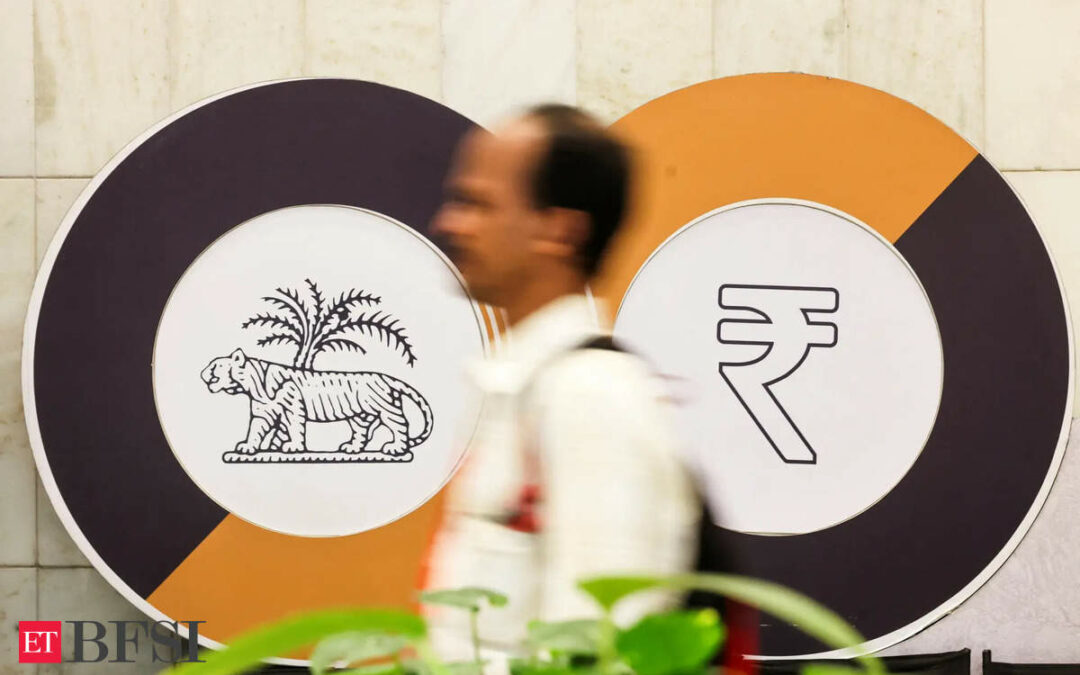Addressing the challenges faced by banks during product testing, the Reserve Bank of India, Chief General Manager, Suvendu Pati brought attention to one of the causes behind delays and stretched timelines in product testing of sandbox innovations.
Most banks have digital units and engage directly with FinTechs, but often, during the sandbox phase, they lack the necessary multiple User Acceptance Testing (UAT) in ensuring smooth product rollouts. This limitation stifles product testing and stretches timelines, which ultimately hampers the potential for rapid innovation.Suvendu Pati, CGM, RBI
UAT involves testing the product from an end-user’s perspective to ensure that it meets real-world expectations and functions effectively.Pati said that technology and innovation are not just fleeting trends but integral parts of the financial sector’s future and they are going to stay for generations to come.
He urged banks to prioritise creating infrastructures that support both innovative product rollouts and multiple UAT environments.
Banks should start building the necessary infrastructure and capabilities to support these kinds of product launches. This will not only help streamline product testing but also ensure that innovation remains a top priority for the sector.Suvendu Pati, CGM, RBI
“Many times we see roadmaps being constantly redefined, as per the instructions from the top management, and the decisions of investment in capex should come from the top management,” stated Pati. The RBI’s regulatory sandbox, introduced to encourage FinTech innovation, has been a key enabler in testing new technologies and products in a real-world environment while maintaining regulatory oversight. Pati suggested that banks should work on building sandbox capabilities that don’t require adjustments to regulatory norms, ensuring a smoother process for future innovations.
Pati questioned the level of preparedness in the sector. “How many banks have fully integrated AI into their product approval processes? And are we adequately addressing the various risks AI may present?” he asked, pointing out the need for a more thoughtful and structured approach to the implementation of AI.
Collections hasn’t seen enough innovation
Pati urged banks to build dedicated innovation verticals to drive long-term change. “This must be a top-down approach, with sufficient resources and infrastructure allocated to innovation from the outset, right from the capex planning phase,” he added.
The establishment of these verticals will allow banks to focus on ideating and developing the next-generation banking solutions.
Pati believed that there is a lot of scope for innovation in collection. He sees potential for Central Bank Digital Currencies (CBDC) in micro loan collections. “I don’t think we have innovated enough for collections in micro loans. Can CBDC be used as a collection mechanism?” he asked, suggesting that exploring such possibilities could transform the way micro loans are managed and repaid.
“It’s time for banks to step out of their daily routine and devote time to ideate, experiment, and create,” he said, encouraging industry leaders to think outside the box and foster a culture of innovation that can help banks stay competitive and sustainable in the years ahead.









